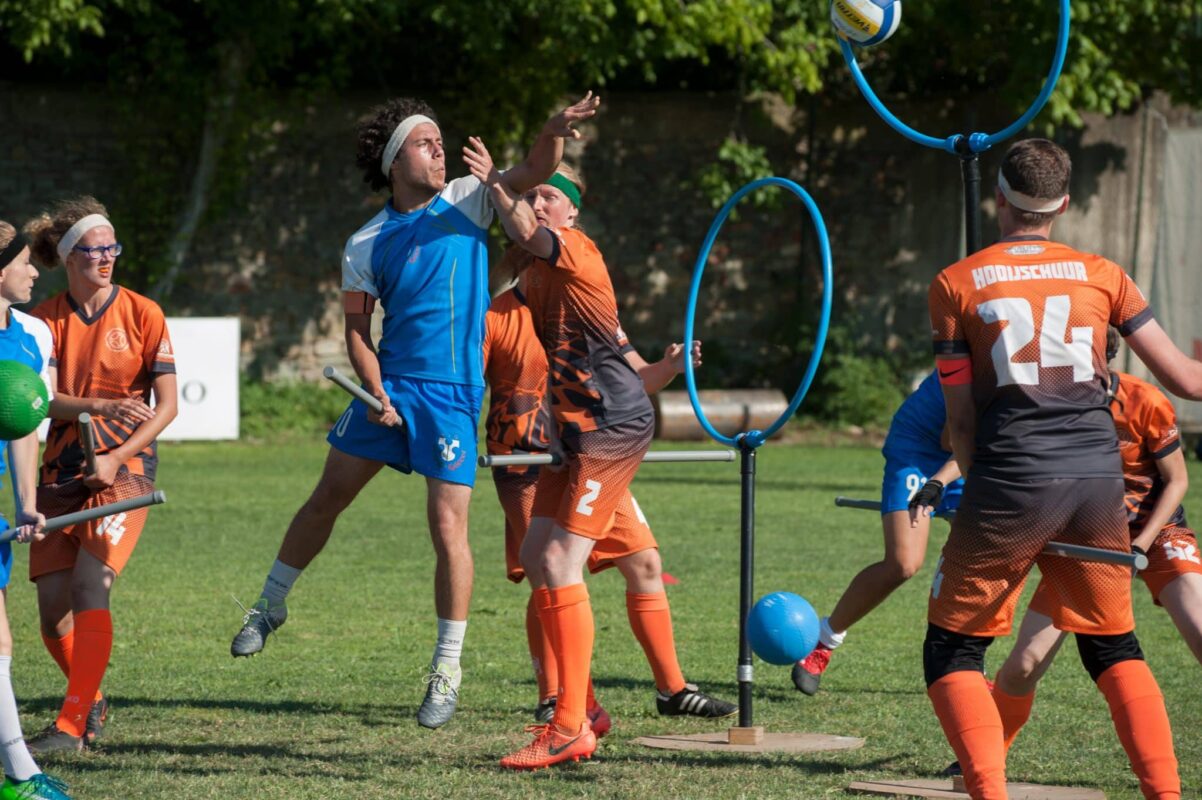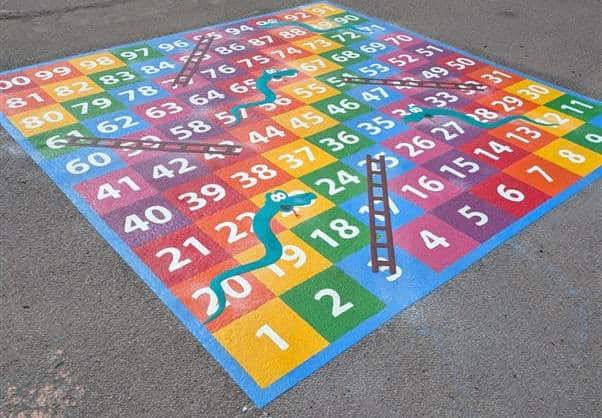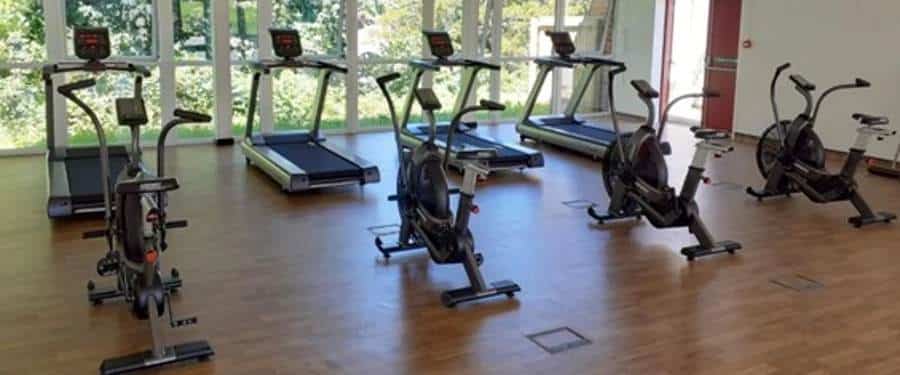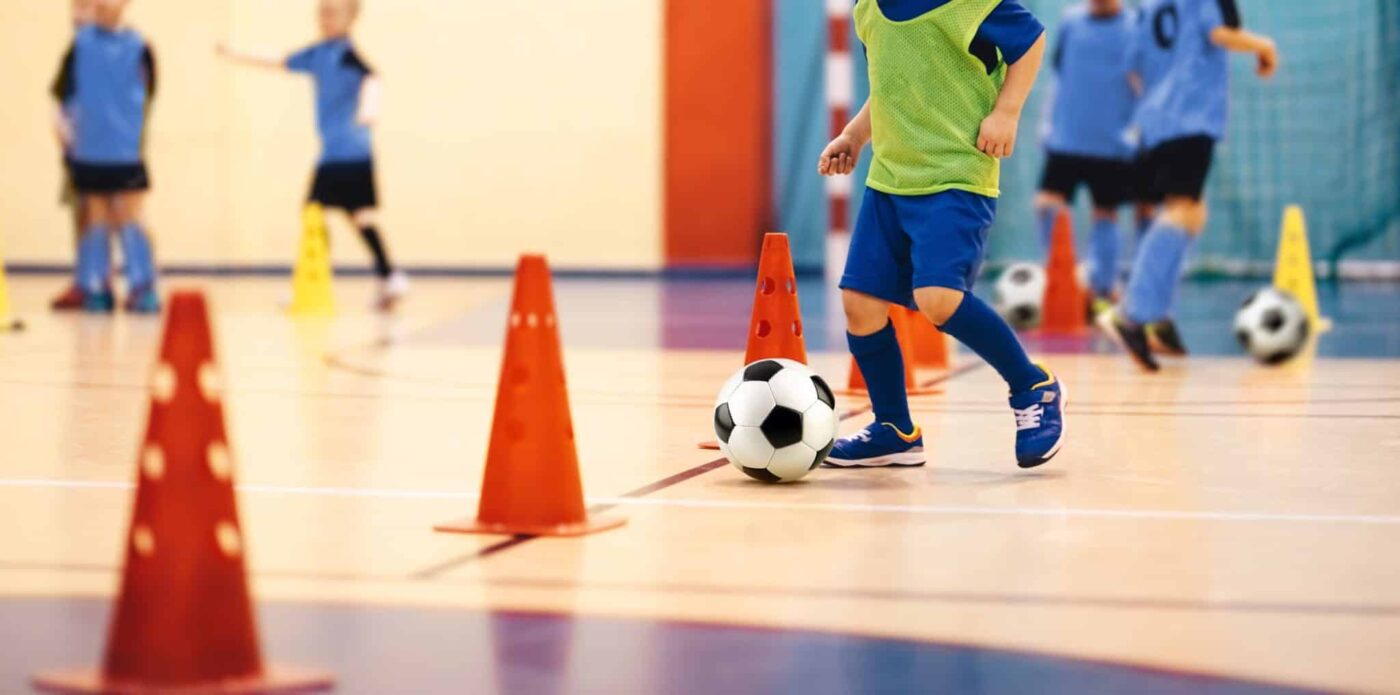‘No man is an island,’ (John Donne) and no school is a Hogwarts silo! Schools, like people, thrive on community spirit, care and support. It’s not magic; it’s common sense and common interest that make the world go round.
This is all very well but, apart from occasional quiz nights, open days and activity sessions, how does a school achieve a consistent and continuous flow of support and interest from its local community?
If schools are to be inclusive, every school should be central to its local community. Managers and practitioners have a responsibility to understand that their school has to become a community within a community.
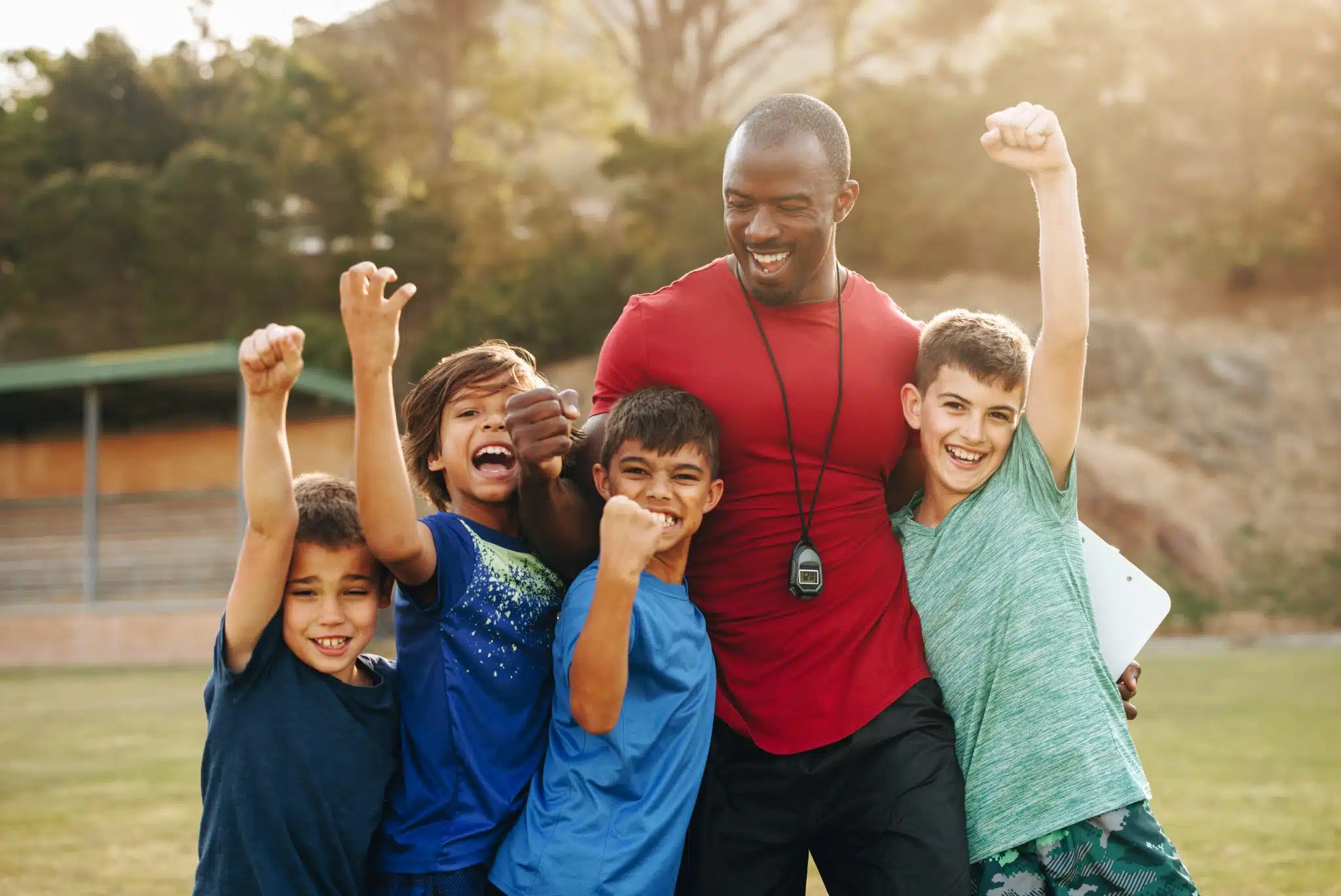
Sport can involve people of all ages, abilities and interests from all backgrounds at any time, inside or out. Sport creates shared experiences, ambitions and achievements but also caters for those who wish to train independently or just have some ‘me’ time. Sport can become the beating heart of a community, giving everyone access to healthy activities and a sense of belonging.
Schools have the facilities and the space to share outside curriculum hours, in exchange for community support and, possibly, additional income.
When done right, the school becomes a vibrant hub for the pupils and the local community during evenings, weekends and holiday periods.
School premises are a valuable facility for community use and schools are actively encouraged to consider making their premises available as a community facility where possible.
But wouldn’t it be a risk to safeguarding (and just a general nuisance) having the general public wandering around school grounds at various times? Obviously, the safety and security of pupils, staff and facilities come first but this can be straightforward to manage with considered scheduling and supervision.
The primary driver for both primary and secondary schools was to establish themselves as the hub of the local community by offering a safe, trusted and accessible space for people of all ages to be active during evenings, weekends and holiday periods… Building a strong and varied community offer on a school site can take time, but (advice is available through) Use Our School and local partners such as Active Partnerships
There is much to consider, including ownership and control of school premises, operational management, health and safety, child protection, human resources and finance but there is plenty of advice available from local authorities, other schools, government policies, and organisations such as the Association for Physical Education and Sport England.
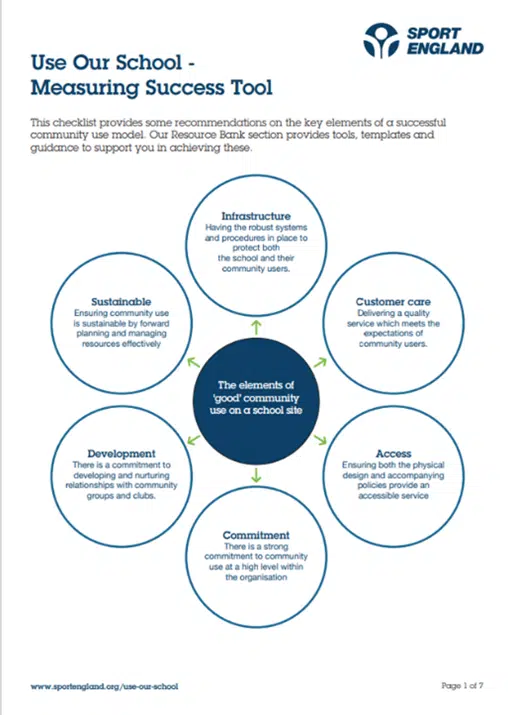
Effective financial management is essential for the management of extra costs incurred for cleaning, equipment safety inspections and peripheral services such as beverages and even sportswear. After that, the financial benefits of opening up the sports facilities to community use must also be maximised.
However, schools that have already embarked on the adventure of becoming a community hub through sport have found that ‘Historically, opening school estates for community use has been viewed through the lens of income generation, however the project in 2019-20 highlighted that this was often a secondary driver for schools.’
Schools have realised that, often, the extra income is, of course, welcome but the human element is the most valuable outcome of community involvement.
Community, parental and family involvement in schools brings a range of benefits and, in particular, can have a positive impact on the educational achievement of children and young people. The Department of Education (DE) is therefore committed to building stronger links between schools and the communities they serve.
Schools not only provide education for their pupils but can also provide opportunities to reach out to everyone residing in the surrounding area, becoming hubs of their local communities.
By adopting a strategic approach and opening their premises for community use, schools can enable greater access to sporting activities, youth services, adult learning, cultural events, and other community-based activities by the children and wider community they serve. Access to such services and activities helps contribute to personal, health, economic and community development’
Opening up a school to offer sports and activities to local families makes it so much easier for everyone to become active and involved in some way as facilities are on the doorstep, in familiar buildings and run by familiar faces. This can make a crucial difference, especially for lower income families and those not able to drive or supervise their children’s travel out of area.
Those from low affluence families are still less likely to be active than those from high affluence (42% compared to 52%) and children and young people going to school in the most deprived places in the country have not seen activity recover to pre-pandemic levels. There are signs that certain interventions can make a big difference, such as schemes to promote physical activity locally, working with a range of partners
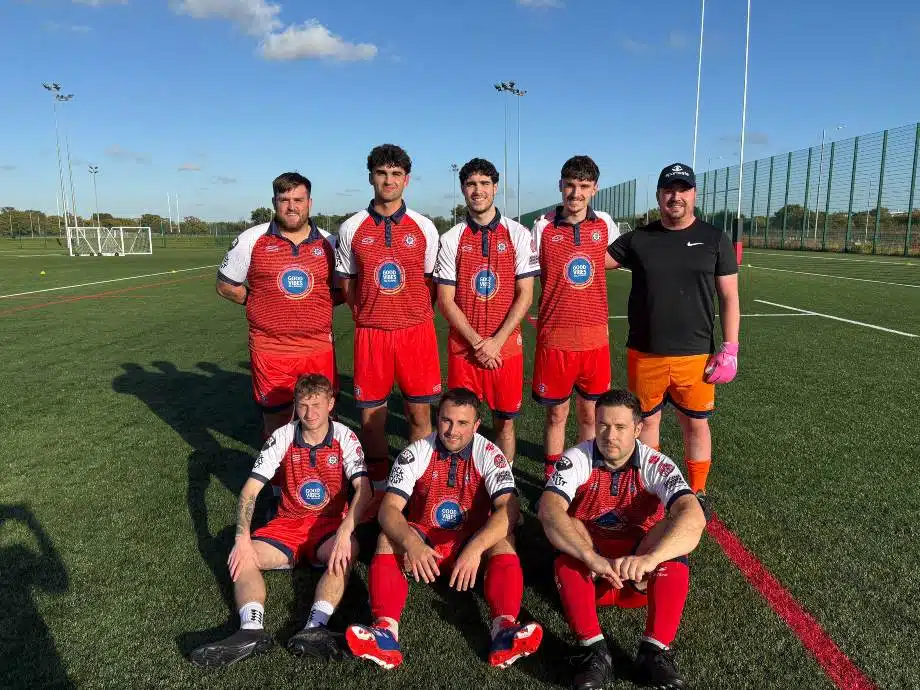
A team is where a boy can prove his courage on his own. A gang is where a coward goes to hide – Mickey Mantle (Baseball Player)
Knowing the school, the equipment and the layout boosts children’s confidence and can make them more willing to try different sports and activities as part of family visits or after-school clubs. They may even take a certain pride in being the ones who know the site and showing their parents or friends around when they come to use the sports facilities outside school hours.
Children’s confidence can also be increased as they encounter a different range of fellow pupils – maybe from other classes or even Year groups – when involved in the school hub community and not restricted by usual school schedules, routines and the standard school PE curriculum.
Furthermore, this increased familiarity with the school and enjoyment of ‘free-time sport’ can sometimes help to reduce anti-social behaviour such as the vandalism of school sites.
Even the most rebellious pupils or school-refusers can begin to see the school as a positive and beneficial place that is part of their everyday lives, not just an academic zone of confinement.
Potential benefits (of opening up school sports facilities) can include…stronger social networks between schools and their communities; healthier and fitter communities; less vandalism within the community and, in particular, directed at the school; potential for reduction in crime rates and anti-social behaviour within the community; more positive perceptions of schools and their communities because they are seen to be taking more pride in their schools.
Overall, it is clear that ‘School facilities are valuable community assets which provide a safe, familiar environment for many young people… recognise the importance of utilising this resource effectively to benefit not only children and young people and school staff but the whole community.’


